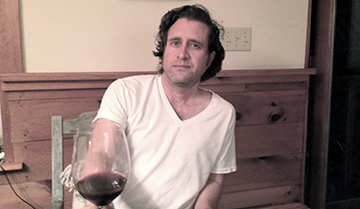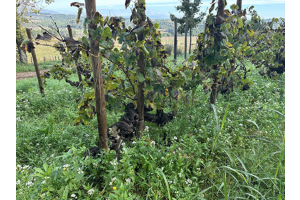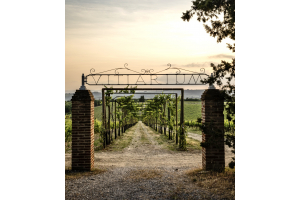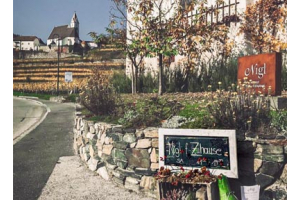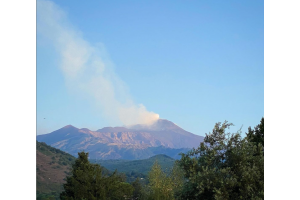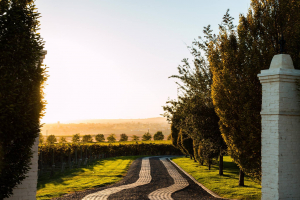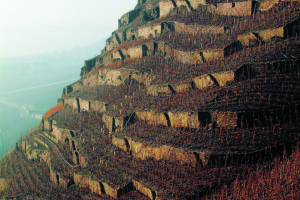Nestled between the Mediterranean Sea and the dramatic Montserrat Mountains, Penedès has quietly shaped Spain's viticultural landscape for millennia. While vineyards have adorned these limestone and clay soils since antiquity, Penedès' modern identity emerged relatively recently. For much of its history, the region followed the common Spanish pattern of producing bulk wines, primarily for local consumption. It wasn't until the late 19th century that Penedès began its transformation with the production of Spain's first méthode champenoise sparkling wine in 1872, laying the foundation for what would become Cava.
The 1980s marked a pivotal moment when the Cava appellation was officially established, cementing Penedès' reputation as Spain's sparkling wine epicenter. Large producers dominated the landscape, industrializing production and expanding Cava's reach globally. The appellation's success was remarkable, with sparkling wines eventually accounting for 80-85% of the region's total production.
Yet this success came with compromise. As Cava's popularity grew, regulations changed to allow production beyond Penedès' borders, diluting the connection between the wine and its ancestral homeland. The appellation became more about method than terroir, prioritizing scale over sense of place.
This pivotal change sparked a quiet revolution among small producers committed to preserving Penedès' authentic voice. By the late 1990s, a new generation of winemakers like Ramon Parera began reclaiming their viticultural heritage. These visionaries returned to the fundamentals – indigenous varieties, organic farming, and minimal intervention – creating wines that speak clearly of Penedès' unique character.
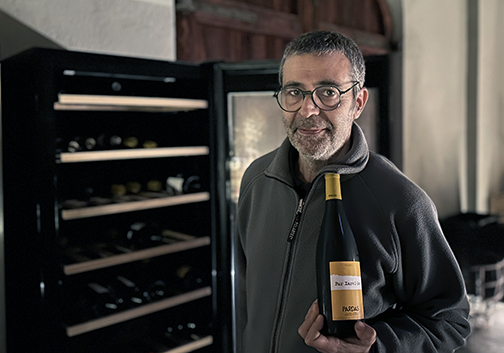 This movement culminated in 2017 with the formation of Corpinnat, a collective of quality-focused producers who broke away from the Cava appellation to pursue a more rigorous, terroir-driven approach to sparkling wine. Their commitment to organic viticulture, estate-grown grapes (primarily indigenous varieties), and extended aging represents a return to the region's authentic roots.
This movement culminated in 2017 with the formation of Corpinnat, a collective of quality-focused producers who broke away from the Cava appellation to pursue a more rigorous, terroir-driven approach to sparkling wine. Their commitment to organic viticulture, estate-grown grapes (primarily indigenous varieties), and extended aging represents a return to the region's authentic roots.
Simultaneously, still wines have experienced a renaissance, with producers rediscovering nearly forgotten native grapes. Varieties like Xarel·lo, once valued merely as a component in sparkling blends, now produce sophisticated still wines capable of aging gracefully. Ancient varieties like Sumoll and Malvasia de Sitges have been rescued from the brink of extinction, revealing new dimensions of Penedès' potential.
Today, Penedès stands at a fascinating crossroads of tradition and innovation. While large Cava houses continue to drive the region's commercial reputation, small artisanal estates are rewriting its qualitative legacy, bottle by bottle. After thousands of years of continuous viticulture, Penedès is experiencing what might be its most significant renaissance – not by looking outward for inspiration, but by rediscovering the profound viticultural heritage that has always existed in its soils, climate, and native grape varieties.
Grape Collective talks to Ramon Parera of Celler Pardas about the movement towards artisanal wine in Penedès.
Christopher Barnes: Tell me a little bit about Celler Pardas. How did you come to make wine here?
Ramon Parera: We are in Can Comas in Alt Penedès,. We have always been working in the vineyards, and I had the chance to acquire this estate in 1996. When we arrived, there were no vines here. So, with my partner, Jordi, we started from scratch, planting 35 hectares.
It took eight years to release the first bottle. In the first years, we concentrated on studying the parcels geologically and thinking about what kind of wine would be possible here. After 10 years building good foundations, we released the first bottle in 2004.
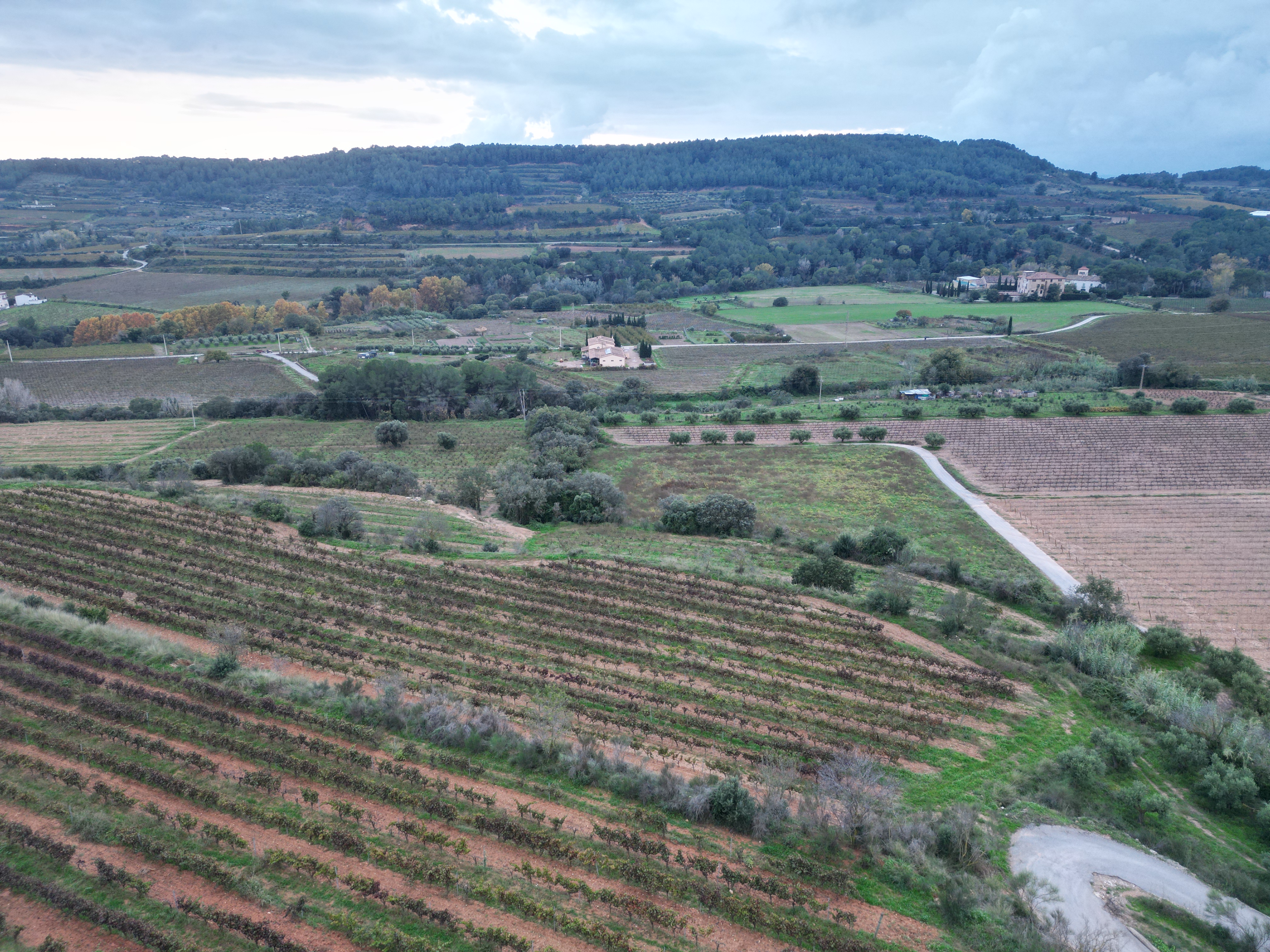 Talk a little bit about the terroir of the estate here, and compare it to Penedès in total and explain the differences in the region.
Talk a little bit about the terroir of the estate here, and compare it to Penedès in total and explain the differences in the region.
Penedès is a big region. We're talking about thousands of hectares. Penedès starts in front of the sea and reaches the Montserrat Mountains, so it's very wide. We are in Penedès inland, about 30 kilometers inside the land.
Our estate is a valley running from west to east. We are crossed by a river. You know, rivers are important - wines and rivers are good friends in a lot of places. Geologically, this river has built all the terraces, the alluvium soils in the bottom of the estate. Here in the southern part, we have older soils, richer in limestone and, of course, clay. Penedès is about clay and limestone.
Talk a little bit about the indigenous grapes that you work with here.
What happens in Penedès is that there are many different Penedès regions. The main product, as many people know, is Cava - our local sparkling wine. In general, it's dominated by huge companies that have always worked with three traditional white grapes: Macabeu, Xarel·lo, and Parellada.
In later days, Cava allowed international grapes like Chardonnay or Pinot Noir. We share the same place with these big companies, but we are very small winemakers that are not focused only on sparkling wines. We focus on still wines, rediscovering more grapes beyond Macabeu, Xarel·lo, and Parellada.
For example, here we work with a very old grape called Malvasia de Sitges. You know Malvasia - they all came from Greece. The story of Malvasia de Sitges is quite incredible because there are only two hectares in Sitges. It nearly disappeared because of its difficulty. The tradition of Malvasia was sweet wines, but now we are producing dry wines, sharp and full of energy.
Here we have also been focusing a lot on a traditional red grape called Sumoll. Sumoll is located not only in Penedès, but in the heart of Catalonia, though never in Priorat or Emporda in South France, because in those regions they have slate or granitic soils, so the choice has always been Garnacha or Carignan. Sumoll is found in Penedès, Conca de Barbera, Pla de Bages, and in 90% of cases, in clay and limestone soils.
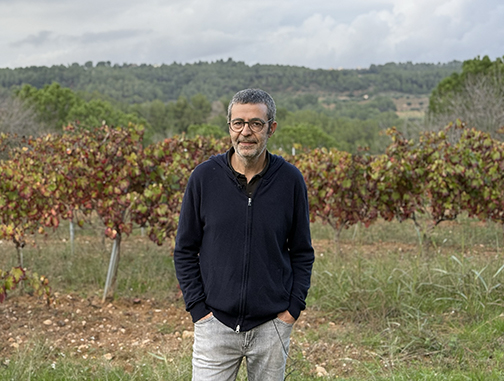 Can you talk a little bit about the wine history in this region.
Can you talk a little bit about the wine history in this region.
If you ask about the history of our region, many people would say, of course, sparkling wine. When I travel spreading our message, people say, "Ah, you are from Penedès," meaning sparkling wines. This is true.
The tradition here has been mainly sparkling wine - 80-85% of the region is sparkling wine, Cava. It all began seriously in the 1980s when the Cava appellation was created. Before that, of course, we are in a Mediterranean area where the tradition of wine is very old. All our ancestors have been working the vineyards.
In the 19th century, it was basically bulk wines, like in many places in Spain. In the 1970s and 1980s, the Cava industry started and the appellation was created, accounting for about 80% of production. I have to say that we are focusing more on still wines than sparkling wines. Winegrowers like me are rediscovering our region, not through sparkling wines, but through still wines.
Here, like many places in the Mediterranean area, traditional wine is lost in time. We have discovered grape seeds that are very old, from before Roman times. We are in a place where you can feel and smell wines from thousands of years ago.
People think of Cava, they think of big houses that produce a lot, but there's also an artisanal movement going on in this region. Talk about the more artisanal approach to winemaking here.
I should talk about Corpinnat. Because of the big sparkling wine companies here, Cava has been very popular and the market is huge. In the 1990s, Cava was only produced here in Penedès, but they decided that several places in Spain could produce Cava.
Some artisanal producers didn't like this idea because if you admit that the region is not important, you are only selling a method. For us, what is important is the place, the local grapes, and the tradition. What's the use of sharing the same name with wines from another region with different traditions and grapes?
Because of this, in 2017, some artisanal wineries left Cava and created a group called Corpinnat. Etymologically, Corpinnat means "born in the heart of Penedès." To belong to Corpinnat, the requirements are simple but tough.
The region is what's important. We are focused on traditional grapes. In Corpinnat, a maximum of 15% international grapes is allowed. It's somewhat like the Récoltant-Manipulant concept from Champagne (meaning "grower-handler"). You have to grow 95-100% of your grapes on your property.
In Cava, you are allowed to buy wine from different places in Spain and bottle it elsewhere. We are opposed to this idea. To belong to Corpinnat, you must be 100% organic certified, not only with the sparkling side of the winery. The minimum aging time on lees is 18 months versus 9 months for Cava.
What we are spreading is the message that our place makes the wine, not the method. Corpinnat is more about the place than the second fermentation.
Where is Penedès geographically?
When you are traveling and spreading your message and selling your wine in many places, of course you have to explain where you are located. Many people say, "Ah, you are from Spain," but Spain is a big country. They don't know much about Spanish geography, but they know Barcelona. So, if I have to explain where Penedès is, I say, "Northeast Spain, 40km south of Barcelona, that's Penedès."
 What are your hopes for the future of winemaking here? What would you like to see people talking about regarding wines from this area in 10 years' time?
What are your hopes for the future of winemaking here? What would you like to see people talking about regarding wines from this area in 10 years' time?
A lot of people say, "Well, we are from Spain, the tradition spans thousands of years. We are in old Europe." But some regions of old Europe I consider “New World”, in the sense that here we seriously started making good wines in the 1980s and 1990s. The main focus was big sparkling wine companies.
Then, generations like mine began to produce wine from their own vineyards for the first time. When I started, I sold all my grapes to these big companies, but then I decided to make my own wine from my grapes. This is new - it all started here in the late 1990s.
In this sense, I am part of a generation that I consider a bridge. Winemakers before me, when thinking about making a great red wine, would say, "You have to plant Merlot or Cabernet Sauvignon." When we appeared, we said, "Maybe you're right, but for the first time, we want to focus on our own grapes."
We have to be proud of our local varieties, because one of the problems in my region is that it always looked outside. The exercise is to look inside, see your tradition and your grapes, and for the first time, be proud of them. If you're not proud of your grapes, you won't make good wine.
My generation, for the first time in the early 2000s, started thinking about this. From the start, we said, "Xarel·lo is a grape associated with Cava, but we want to produce a top white wine that can share the same space as the great wines of the world." For the first time, we wanted to use these old vineyards to make a top white wine with aging capacity.
This was a new perspective for Xarel·lo - previously it was just for sparkling wines or young, fresh still wines. The same happened with Sumoll. Even though it was traditional, it wasn't allowed in our appellation at first. We had to fight for it to be recognized again, not just for us but for young generations who might want to plant Sumoll. So for the first time, we were proud of Sumoll. We started with rosés, then young, fresh, vibrant reds from Sumoll. Then we used Sumoll for the first time in sparkling wines.
What I mean is that it's “Old World” here, but our recent history is not very old. We have rediscovered our tradition with people like me. Now we are happy because younger generations are proud of our grapes and their potential.
What is your philosophy of winemaking and viticulture?
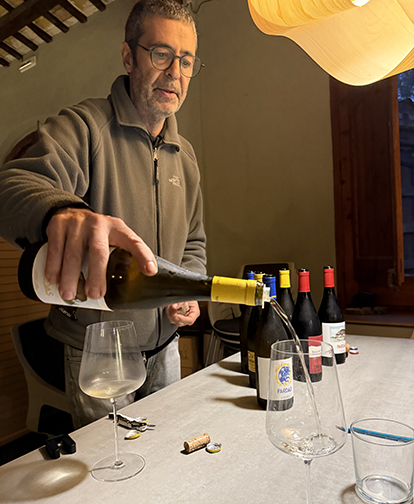 We are both growers and winemakers. We don't buy grapes from other suppliers. Our commitment is from the vine to the bottle. What's important is to produce wine that reflects your place and makes you happy to enjoy it. These two things.
We are both growers and winemakers. We don't buy grapes from other suppliers. Our commitment is from the vine to the bottle. What's important is to produce wine that reflects your place and makes you happy to enjoy it. These two things.
For this reason, it's important for me not to work with industrial yeasts. Of course, when we started, we used them. In 2012, we began using spontaneous fermentation. I think our wines have improved in terms of complexity. When we used industrial yeasts, the wines were more focused on the fruity side. Now, they share the same space - the salinity, the energy of the limestone, alongside the fruity character of our traditional grapes.
When we're talking about a true wine, it's important not to use industrial yeasts. Being organic is important too. You don't need to use fining agents. If your efforts are focused on getting concentrated grapes, what's the use of fining agents, or adding acidity, even if it's legal, or adding concentrated must?
From the grape to the winery - it's simple.
I think Penedès is the most important region in Spain in terms of organic vineyard surface. In my opinion, there's no excuse not to be organic because our climate allows for it. We're not in Galicia where rainfall and fungus are a nightmare. We're not in Champagne. We're in a Mediterranean area. We enjoy hot summers. So organic farming here is affordable and important for us.
What are your hopes for the future of the region?
I hope that in the future, people won't just think about Penedès in terms of industrial sparkling wineries. I'd like them to think of still wines made with traditional grapes. Penedès now, like all over Spain, has rediscovered its soils and grapes. They were there for centuries, but it's only been 25 years that we've been proud of this heritage.
I like that in my region, many passionate winemakers are doing their best to produce top-level reds and whites. What happened here was that many grape growers sold their grapes to big companies. Now, for the first time, young generations are saying, "Let's try doing it ourselves."
